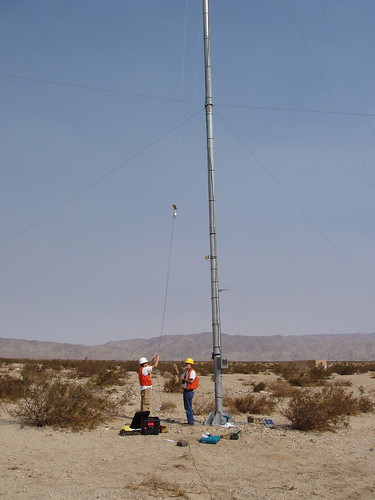With the literal rise of wind energy facilities across the country in recent years, migratory bats have been affected and can die in the huge turbines designed to catch the wind—and, unintentionally, winged creatures that fly at night.
The new interactive tool referred to as the Bat Occupancy Probabilities at a Wind Energy Facility was developed by researchers from the U.S. Forest Service’s Pacific Southwest Research Station. It is designed to help wind energy facility operators make informed decisions on efficient ways to reduce impacts on migratory bats.
Bat activity depends on time of year and a number of environmental conditions, such as wind direction and speed, air temperature, and moon phase. Forest Service scientist Ted Weller and his research team developed the new interactive tool that allows users to visualize how changes in date and weather conditions affect the probability of bats being present near wind energy facilities.
Weller and his research team used devices which detected the bats’ echolocation calls, then linked the presence of bats to weather conditions measured on-site on a given night.

The research showed that echolocation detectors placed at 22 meters and 52 meters above ground were more effective at reading migratory bat activity then those located closer to the ground. The team then built models to predict the presence of bats based on date and weather variables.
Weller’s research team has determined that properly deployed echolocation monitoring can be an effective way to predict bat activity and hopefully lessen fatalities at wind energy facilities.
Progress from Forest Service and other research over the years is a lift for bats as the nation endeavors to produce more of its energy from green sources.
Findings from this study appear in the current issue of the Journal of Wildlife Management. Read the full article here.
